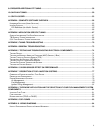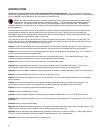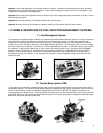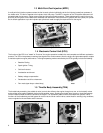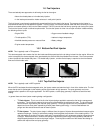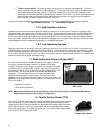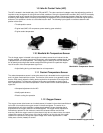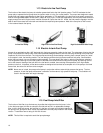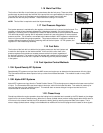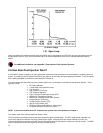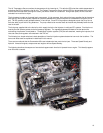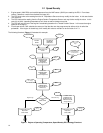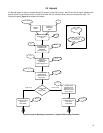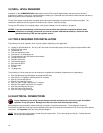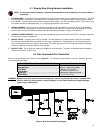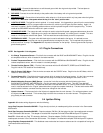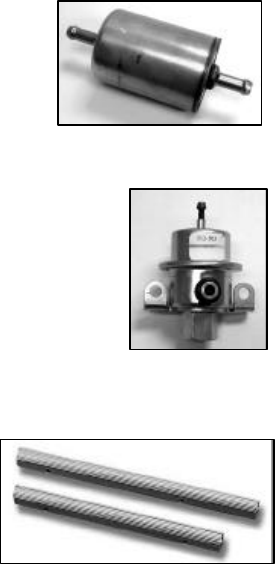
11
1.16 Main Fuel Filter
The function of this filter is to eliminate any contaminants after the fuel pump. These are either
small enough to pass through the fuel filter of the pump inlet or are generated by the fuel pump.
This fuel filter is also of the cartridge type, but is designed to sustain much higher fuel
pressures than the fuel pump inlet filter. These filters have a rating of 10 microns.
NOTE: This fuel filter is required to avoid fuel injector damage.
Main Fuel Filter
1.17 Fuel Pressure Regulator
Fuel system pressure is maintained by the regulator, while excess fuel is returned to the fuel tank. The
regulator consists of two chambers separated by a diaphragm assembly. On the fuel side of the
diaphragm, a throttling valve is employed to increase or restrict fuel flow as the fuel pressure fluctuates.
The other side contains a spring with an adjustment screw that is set at the factory for correct system
pressure and flow. This chamber is connected to the intake manifold in MPFI systems to reference the
vacuum in the manifold during engine operation. This pressure reference is required to maintain a
constant differential pressure across the metering orifice of the fuel injector. On TBI systems, the
regulator is in the throttle body assembly.
Fuel Pressure Regulator
1.18 Fuel Rails
The function of the fuel rails is to deliver fuel at system pressure to the fuel injectors and
to retain the fuel injectors on the intake manifold. At the end of the rails, there is the
pressure regulator that maintains a constant pressure at the fuel injector regardless of
the fuel being injected. The location of the fuel regulator with respect to the fuel rail and
the internal volume of the fuel rail is important in maintaining the fuel pressure stability
in the system.
Fuel Rails
1.19 Fuel Injection Control Methods
1.19A Speed Density EFI Systems
Speed density EFI systems use input from the MAP sensor and engine rpm to determine the base amount of fuel to inject.
The Commander 950 uses these inputs to look up a value from the base fuel table. This method is used on many OEM
vehicles.
1.19B Alpha-N EFI Systems
Alpha-N EFI systems use input from the Throttle Position Sensor (TPS) and engine rpm to determine the base amount of fuel
to inject. The Commander 950 uses these inputs to look up a value from the base fuel table. This method is used only for
race cars that have very low manifold vacuum. This method does not sense changes in engine load well and is not
recommended for street driven vehicles.
1.20 Closed Loop
Closed loop defines the engine operation where the fueling level is calculated and corrected by the ECU based on the voltage
signal from the 0
2
sensor (lambda sensor). When the 0
2
sensor (lambda sensor) emits a voltage signal above 0.45V due to a
rich mixture in the exhaust manifold, the ECU reduces the fueling level by reducing the pulse width of the injector. The 0
2
sensor voltage (lambda sensor voltage) is the feedback that modifies the fuel control program that is based on other signals.



